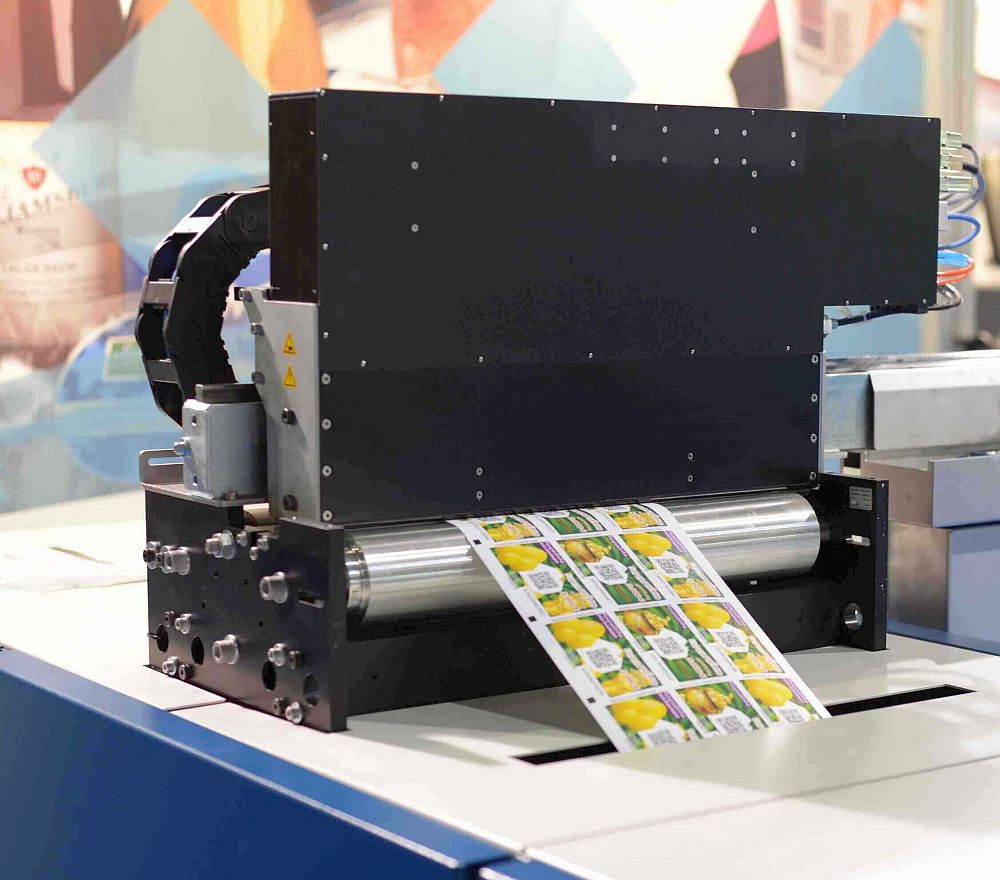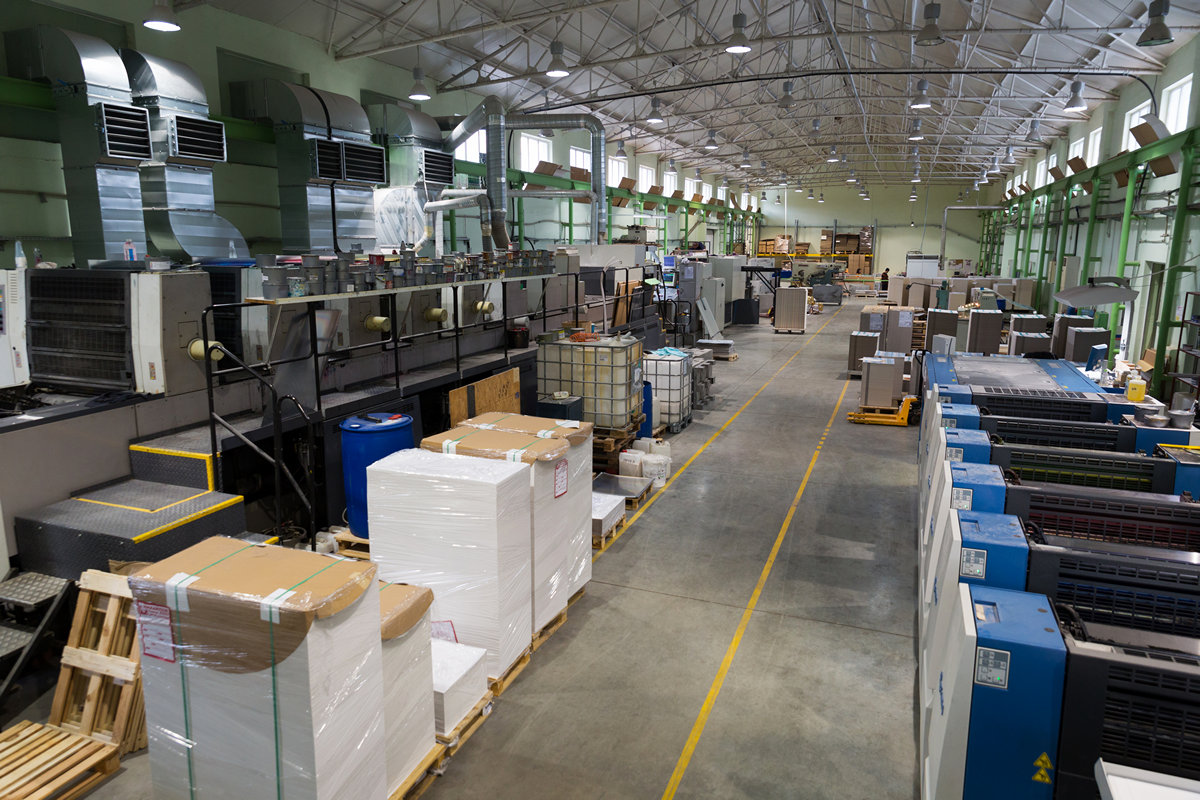In today’s rapidly evolving market, understanding how anti-counterfeit printing works is essential for businesses and consumers alike. With counterfeit goods flooding the market, companies must adopt robust measures to protect their products and brand reputation. Lets explore the intricate world of anti-counterfeit printing technologies and their importance.

Understanding the Need for Anti-Counterfeit Measures
Counterfeit products are an ever-growing problem, impacting industries worldwide. The presence of fake goods not only affects brand integrity but also poses serious risks to consumers. As a result, knowing how anti-counterfeit printing works becomes crucial for businesses aiming to safeguard their products.
The Basics of Anti-Counterfeit Printing
Anti-counterfeit printing involves various techniques designed to prevent forgery and ensure product authenticity. These methods range from simple to highly sophisticated, each offering unique features to deter counterfeiters.
1. Holograms and Watermarks
One of the oldest methods, holograms and watermarks are widely used due to their effectiveness and difficulty to replicate. Holograms involve a three-dimensional image, while watermarks are subtle designs embedded into paper.
2. Microprinting
Microprinting incorporates tiny, intricate text or patterns that are challenging to duplicate without specialized equipment. This technique is common in currency and official documents.
3. Security Inks
Security inks change color or become visible under certain conditions. They are often used in combination with other methods to enhance security.
Advanced Anti-Counterfeit Technologies
As counterfeiters become more sophisticated, companies are turning to advanced technologies to stay ahead. Here are some cutting-edge solutions:
1. RFID and NFC Tags
RFID (Radio Frequency Identification) and NFC (Near Field Communication) tags are electronic tags that can be embedded in products. These tags store information that can be read by scanners, verifying the authenticity of the item.
2. Blockchain Technology
Blockchain offers a decentralized and tamper-proof way to track products throughout the supply chain, ensuring their legitimacy from production to sale.
3. Nanotechnology
Nanotechnology involves embedding microscopic features into products, making them nearly impossible to replicate. These features can include tiny particles or materials with unique properties.
The Impact of Anti-Counterfeit Printing on Industries
The implementation of anti-counterfeit printing technologies has far-reaching impacts across various industries. From pharmaceuticals to fashion, these measures help maintain product integrity, consumer trust, and brand reputation.
Pharmaceutical Industry
In the pharmaceutical industry, counterfeit drugs can have severe consequences. Anti-counterfeit measures ensure that consumers receive genuine and safe medications.
Fashion and Luxury Goods
Luxury brands heavily rely on anti-counterfeit printing to protect their products and maintain exclusivity. Technologies like holograms and RFID tags are commonly used to verify authenticity.
Challenges in Implementing Anti-Counterfeit Measures
Despite the advantages, implementing anti-counterfeit technologies comes with its challenges. High costs, technological complexities, and the need for constant updates are some of the hurdles businesses face.
Future Trends in Anti-Counterfeit Printing
As technology continues to advance, the future of anti-counterfeit printing looks promising. Emerging trends include the use of artificial intelligence for pattern recognition and the integration of IoT (Internet of Things) devices for real-time tracking.
Artificial Intelligence
AI can enhance anti-counterfeit measures by identifying counterfeit patterns and predicting potential threats.
IoT Integration
IoT devices can provide real-time data on product location and status, further ensuring authenticity and preventing counterfeiting.
Conclusion
Understanding how anti-counterfeit printing works is vital for businesses looking to protect their products and consumers. By adopting advanced technologies and staying ahead of counterfeiters, companies can secure their place in the market and maintain consumer trust.

FAQ Section
What are the most common anti-counterfeit technologies?
Common technologies include holograms, watermarks, RFID tags, and security inks.
How does blockchain help in anti-counterfeiting?
Blockchain provides a secure way to track products throughout the supply chain, ensuring their authenticity.
Why is anti-counterfeit printing important?
It protects brands from counterfeit goods, maintains product integrity, and ensures consumer safety.
For more detailed information on anti-counterfeit labels, check out this comprehensive guide.
For sustainable printing options and eco-friendly practices, visit our resources on green paper options and eco-branding.
This article contains affiliate links. We may earn a commission at no extra cost to you.







